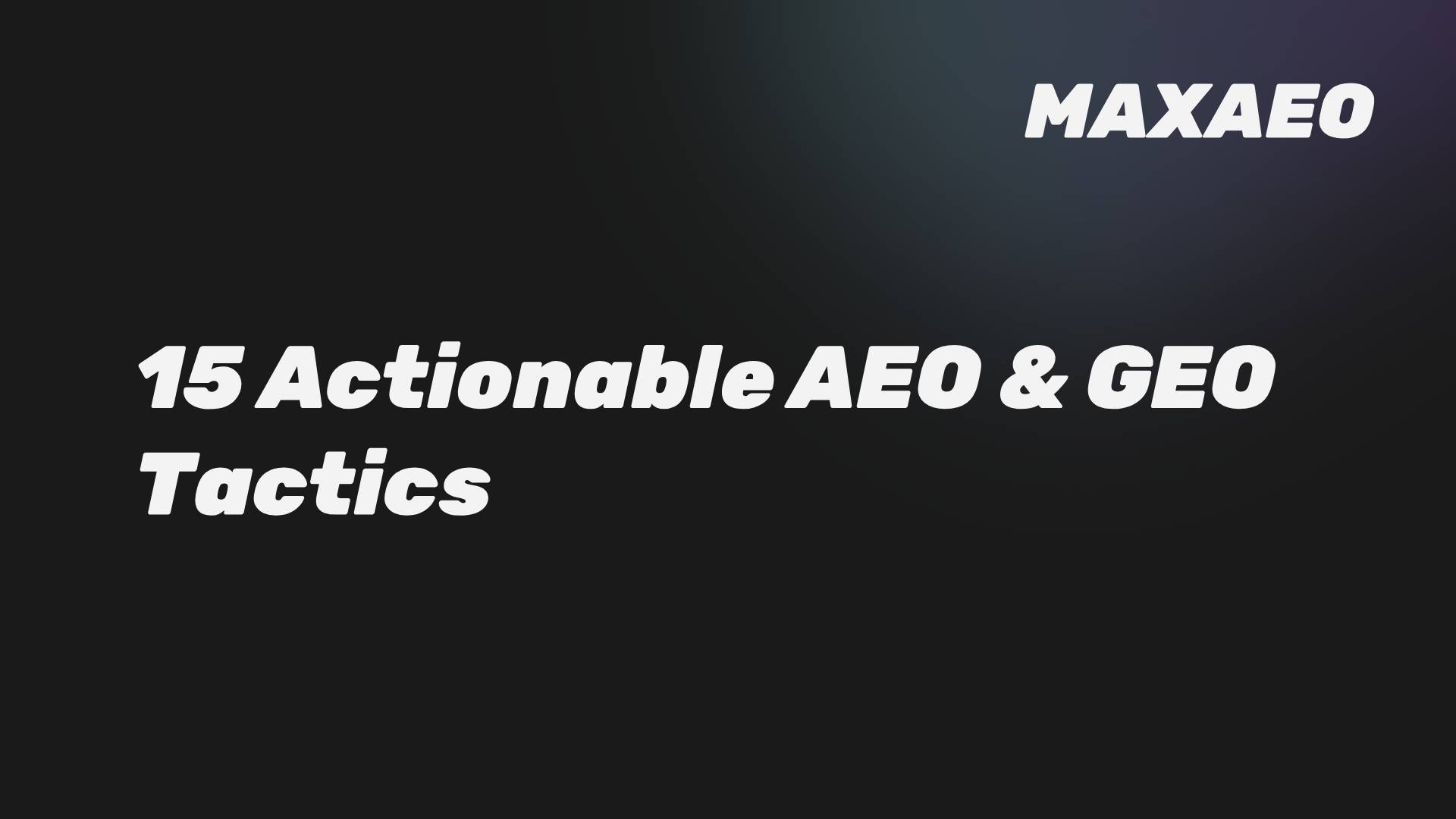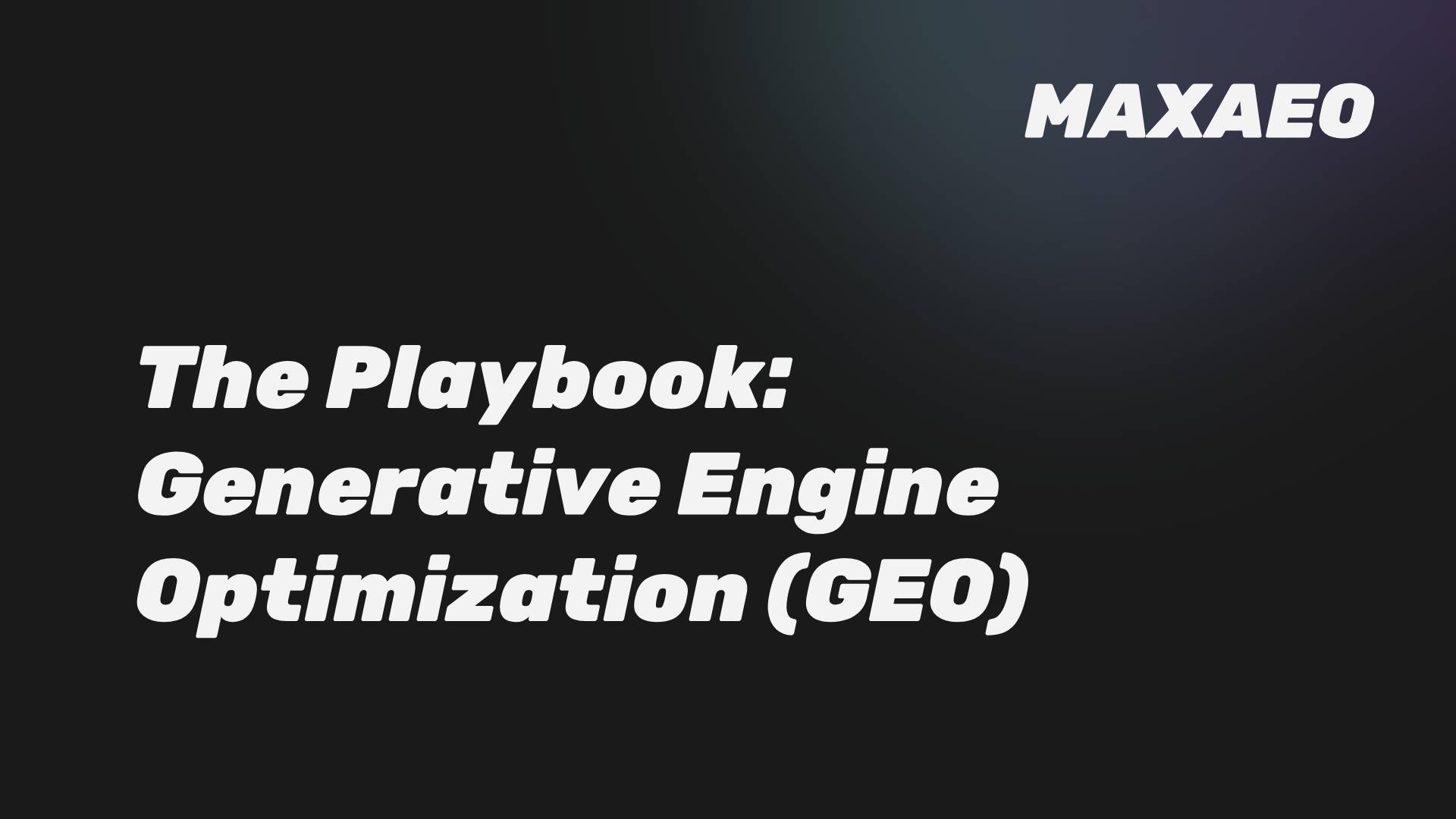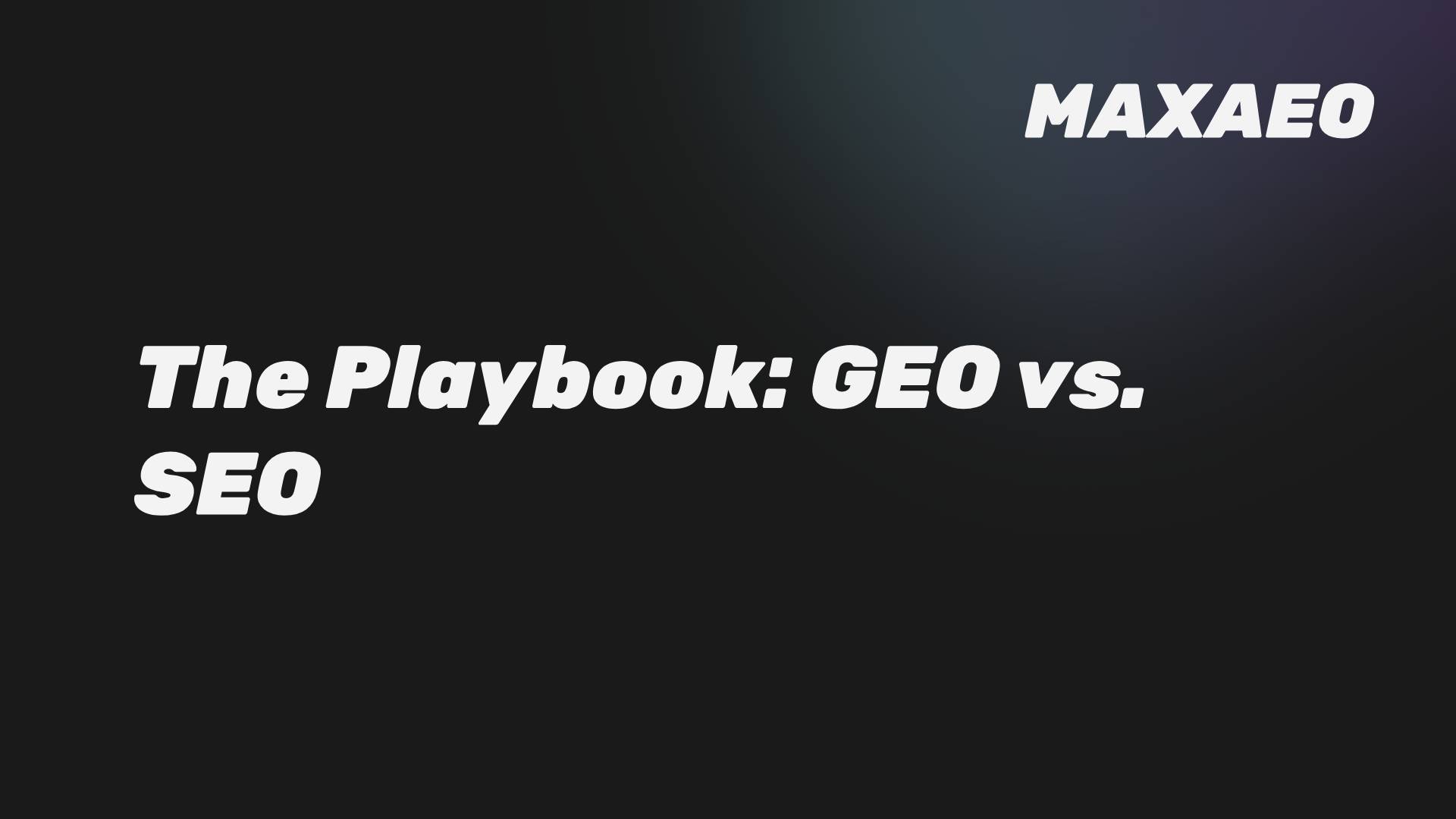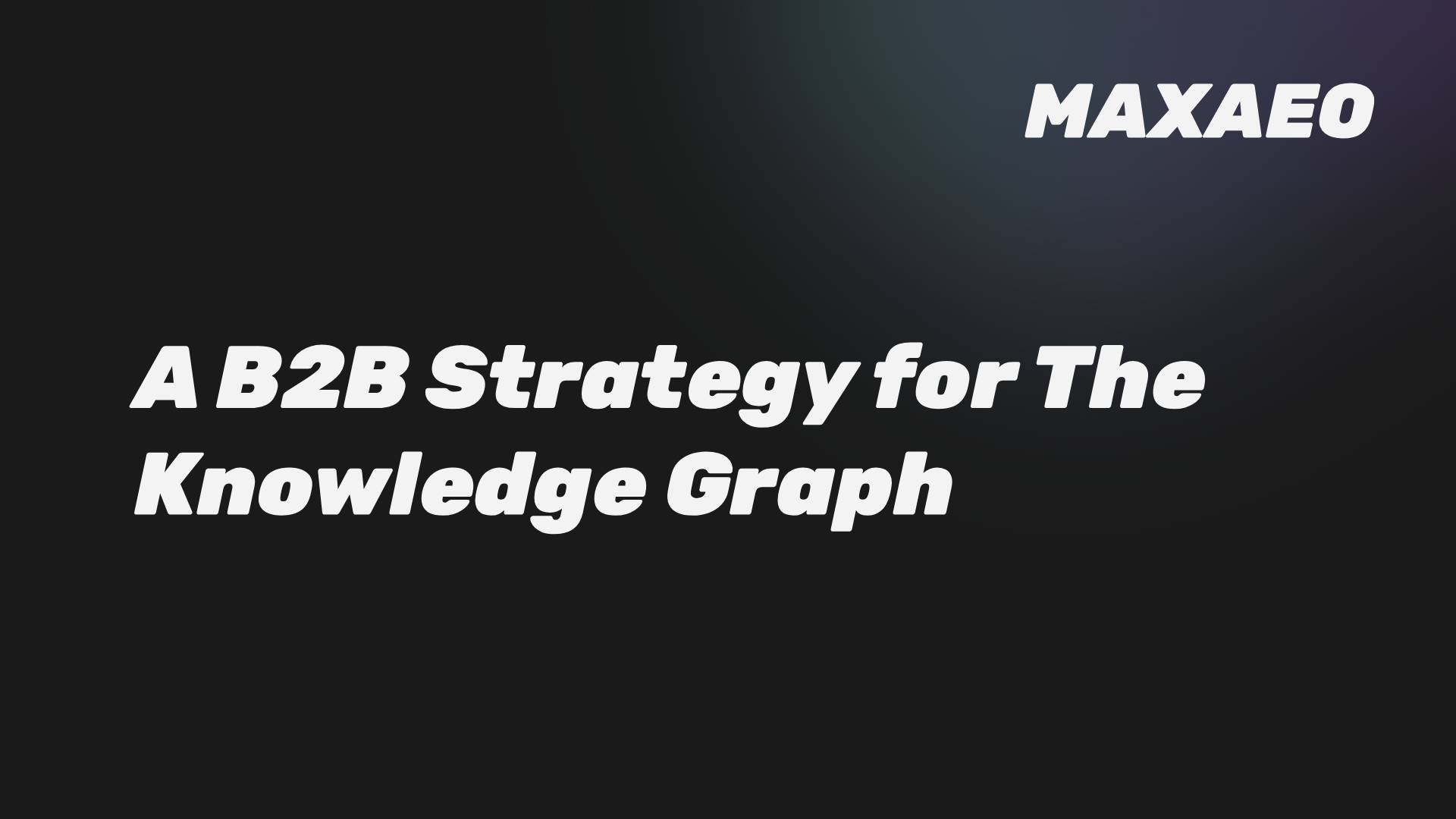· Anton Grant · Digital Marketing · 5 min read
Common Crawl: A B2B Leader's Guide to Long-Term AI Influence
A strategic guide for B2B leaders. Learn what Common Crawl is and why this massive dataset is the foundation of your GEO strategy for long-term influence over AI models like ChatGPT.
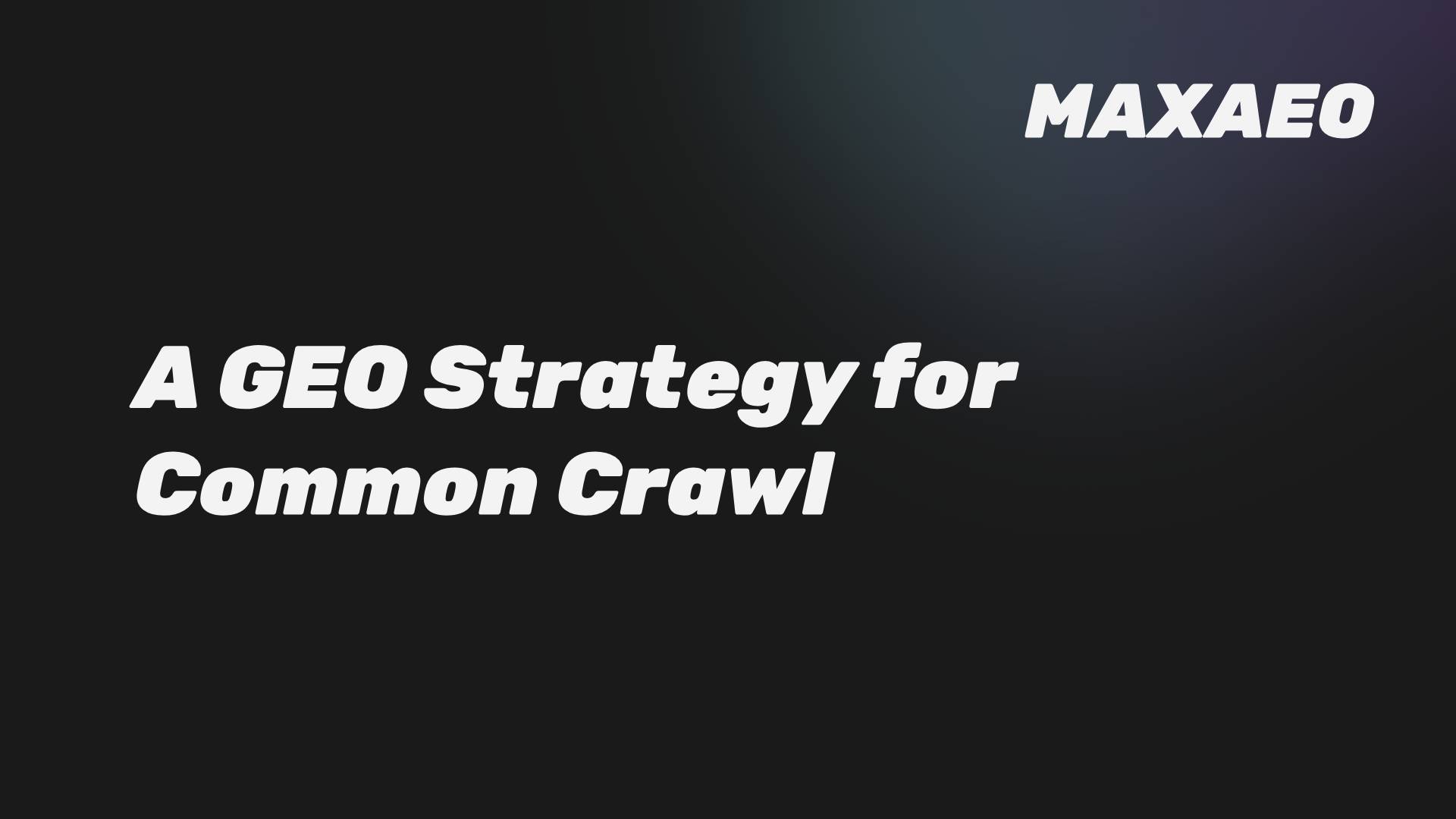
Common Crawl: A B2B Leader’s Guide to Long-Term AI Influence
Artificial Intelligence (AI) models like ChatGPT are forming a permanent “first impression” of your brand, and it’s being shaped by a source you’ve likely never heard of: Common Crawl. This massive, public archive of the internet is a primary textbook for training Large Language Models (LLM), and your brand’s presence within it—or lack thereof—has profound, long-term consequences.For B2B leaders, understanding Common Crawl is not a technical footnote; it is a strategic imperative. This guide provides a clear framework for what Common Crawl is, why it is a critical component of your Generative Engine Optimization (GEO) strategy, and how to ensure your brand’s story is written correctly in the foundational library of AI.
What is Common Crawl?
Common Crawl is a massive, publicly available dataset of web-crawled data, containing petabytes of information collected from billions of web pages. Think of it as a snapshot of the public internet, archived and made available for research and training. It is one of the most significant sources of data used to train foundational AI models.
For example, OpenAI’s original GPT-3 model was trained on a filtered version of the Common Crawl dataset, which accounted for 60% of its total training data. This means the AI’s core understanding of countless topics, industries, and brands was shaped by what it learned from this archive.
Why Does Common Crawl Matter for Your GEO Strategy?
Common Crawl matters because it forms the long-term memory of many AI systems. While real-time search (RAG) provides fresh information, an AI’s foundational knowledge and biases are established during its initial training on datasets like Common Crawl.
If your brand is poorly represented or absent from this dataset, you are starting from a significant disadvantage. A competitor with a strong, clear presence in Common Crawl has effectively shaped the AI’s baseline understanding of your market in their favor. This makes your brand harder to find and more susceptible to misrepresentation. For an overview of how AI models choose their sources in real-time, see our Guide to Algorithmic Trust.
How Does Common Crawl Influence B2B Customer Journeys?
The influence is indirect but powerful. The information embedded within an LLM from Common Crawl affects the context, associations, and entities it retrieves when answering a user’s query.
- Establishes Foundational Authority: Brands with a consistent, authoritative presence in the dataset are more likely to be recognized as credible entities.
- Creates Long-Term Brand Associations: The way your products and services are described in this dataset can create lasting semantic connections that are difficult to change.
- Reduces the Risk of Misinformation: A clear and accurate presence helps prevent the AI from “hallucinating” or providing incorrect information about your business.
What is the Action Plan for Influencing Common Crawl?
You cannot directly edit Common Crawl. Influence is achieved by creating a powerful and coherent public-facing digital presence before the next crawl occurs. The goal is to ensure the snapshot it captures of your brand is as authoritative and accurate as possible.
Step 1: Build a Foundation of High-Quality Content
The content on your own website is your most controlled asset. Ensure it is comprehensive, factually accurate, and clearly demonstrates your E-E-A-T (Experience, Expertise, Authoritativeness, and Trustworthiness).
Step 2: Cultivate a Strong Presence on Authoritative Third-Party Sites
The Common Crawl bot, CCBot, indexes more than just corporate websites. It crawls the entire web. Therefore, your presence on trusted, high-authority domains is critical.
- Digital PR: Secure mentions and features in reputable industry publications.
- Wikipedia: An accurate, well-sourced Wikipedia page is an invaluable asset.
- User-Generated Content: A positive and active presence on platforms like Reddit, G2, and Capterra contributes to the overall data footprint of your brand.
Step 3: Ensure Technical Accessibility
Your information can only be included if it is accessible. Ensure your robots.txt file does not block the CCBot crawler. A technically sound website that is easy to crawl is more likely to be comprehensively archived.
What are the Business Risks and Challenges?
The primary business risk of ignoring Common Crawl is strategic neglect. By failing to manage your brand’s foundational presence, you allow competitors and random third-party content to define your narrative in the AI’s memory.
However, the dataset itself presents challenges:
- Data Noise and Bias: Common Crawl contains a vast amount of low-quality, biased, and sometimes harmful content.
- Resource Intensity: Analyzing the dataset is a complex task that requires significant computational resources.
This is why a proactive GEO strategy is essential. It focuses on creating a strong signal of authority that can cut through the noise and establish your brand as a trusted entity.
Conclusion
Common Crawl is the silent, foundational layer of the new AI-powered internet. It is the historical record from which future AI models will learn their understanding of your market, your brand, and your competitors. While you cannot control the crawl itself, you can strategically control the quality and authority of the information it finds.
By implementing a robust GEO strategy focused on creating a powerful and coherent digital ecosystem, you are not just optimizing for today’s AI answers; you are shaping the AI’s long-term memory of your brand. This is the new frontier of brand building.
The best time to future-proof your brand with AI was yesterday. The second-best is today — let’s talk.
